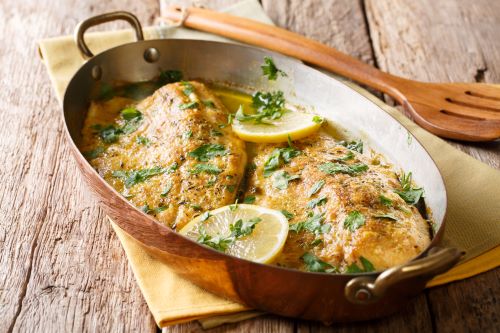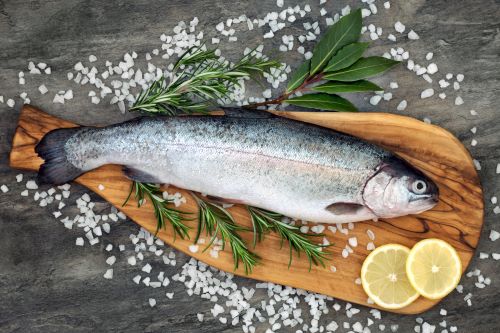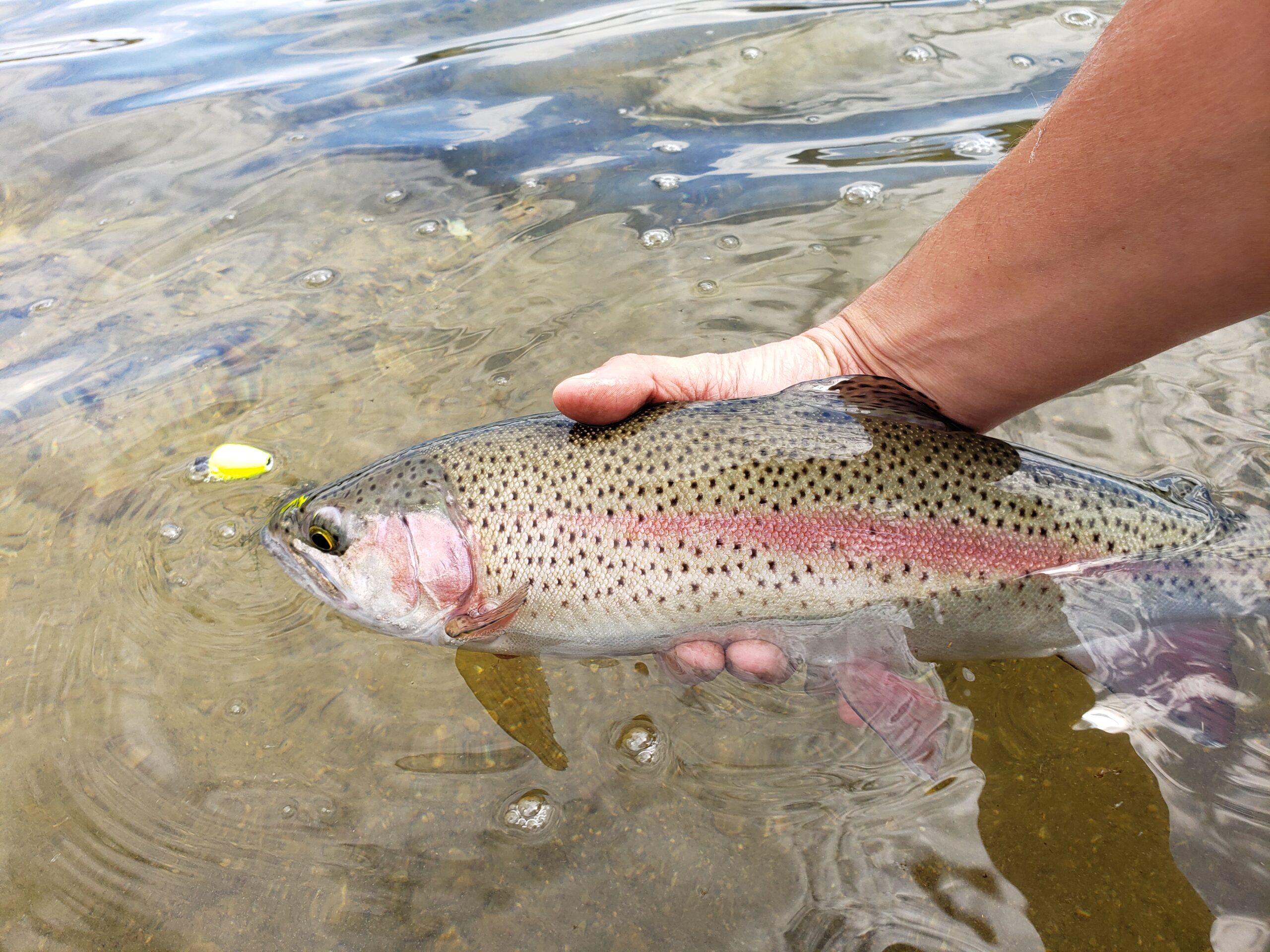In recent decades, there has been a notable shift in anglers’ desire to release their catch. In lakes with long-term information from angler surveys, there is a clear pattern of anglers choosing to release a higher proportion of their catch even though they are well below the limits set by regulation. The data also show that a notable proportion of anglers now choose to release all of their catch.
As anglers, we value conserving our environment, and releasing the fish we catch can be a positive action. However, as the pendulum has swung towards catch-and-release fishing, it is important that anglers understand that not all fish are created equally.
We have some fish populations that we refer to as “wild stocks” that are native to B.C., have evolved specifically to their environment, and reproduce naturally. These stocks typically have strict regulations that require anglers to release a portion, if not all, of their catch.
On the other hand, we have stocked fish populations (trout and kokanee) that are raised in Freshwater Fisheries Society hatcheries and released into small lakes solely to provide better fishing. There is no need for these fish to reproduce, and in many cases, they are sterilized before stocking to prevent them from doing so. Although some lakes have special regulations to allow fish to grow to larger sizes for a quality angling experience, harvesting these fish has no impact on conservation.
Lastly, we have invasive species like bass, perch, and brook trout that were introduced in the past and, unfortunately, are competing with native species. Removing them could, in fact, be a benefit to the environment.

I asked two provincial fisheries biologists, Eric Hegerat from the Okanagan region and Matt Neufeld from the Kootenay region, for their thoughts about current trends towards voluntary catch-and-release fishing.
Eric Hegerat had the following comments:
“In my opinion, as both a biologist and angler, there appears to be a notable shift in our angling community that has placed an increased value on the practice of catch-and-release. For many wild stock fisheries, this practice is important to maintaining fishing opportunities while ensuring the long-term survival of fish stocks.
“In the Okanagan region, providing harvest opportunities is a common objective for stocked lakes. In some cases, an increase in catch-and-release angling can contribute to higher densities of smaller fish that are much harder to catch.
“The Okanagan’s Fisheries Management Section encourages anglers to take full advantage of the retention opportunities available to them while being mindful that there are different experiences available for different types of anglers. There is immense value in teaching our future generations the principles of resource management and conservation, but also the idea that these resources can be valued in different, but equally important ways. The future of our recreational fisheries relies on maintaining a community built on responsible use, stewardship, and communication.”
Matt Neufeld had similar thoughts:
“There are lots of opportunities to sustainably harvest fish in the Kootenays, but in recent years, fewer anglers are taking advantage of these. While anglers are encouraged to harvest fish from stocked lakes, many of our large lakes also have strong natural populations of whitefish and rainbow trout that are easy to catch from onshore access points, and can sustain a greater harvest.
“Anglers should not be hesitant to harvest fish within their limits. As the daily quotas in place are designed to protect stocks where necessary, releasing fish because of concern over conservation does not always have the desired effect.
“In the most extreme regional case, we have observed a crash in the kokanee population on Kootenay Lake due to predation by large rainbow and bull trout. Fisheries data suggest that a greater harvest of these predators in the past and future would likely avoid a kokanee population collapse.”
Perhaps some anglers would like to eat more of their catch, but also want to do their part to conserve fisheries. In this case, consider targeting invasive species or stocked lakes. However, as indicated by our provincial biologists, we have fishing regulations in place so that anglers can be confident that all harvest following those regulations will be sustainable.
If you do plan on keeping your catch, here are some useful tips, which can also be found on page 15 of the Freshwater Fisheries Society’s Learn to Fish Guide:
- Follow the regulations and catch quota, and only harvest what you need. In B.C., you are not allowed to retain fish in live wells.
- Clean fish promptly. Digestive enzymes can quickly spoil the flesh, making it taste bad. To comply with the law, you must leave the head, tail, and all fins on your catch until you get it home.
- Clean your knife frequently to avoid transferring bacteria into the flesh.
- Once cleaned, wipe your fish with a cloth or paper towel, put it in a sealable storage bag, and store it in a cool place; a cooler full of ice is best. Do not put your catch in a plastic bag unless you can store it in a cool place; in warm temperatures, the sealed environment will quickly heat up and break down tissue.
- At home, store your fish in the refrigerator in a covered container. Cook and use within two days. If you don’t plan on consuming the fish immediately, package and freeze it promptly.

Author: Paul Askey, Freshwater Fisheries Society of BC
